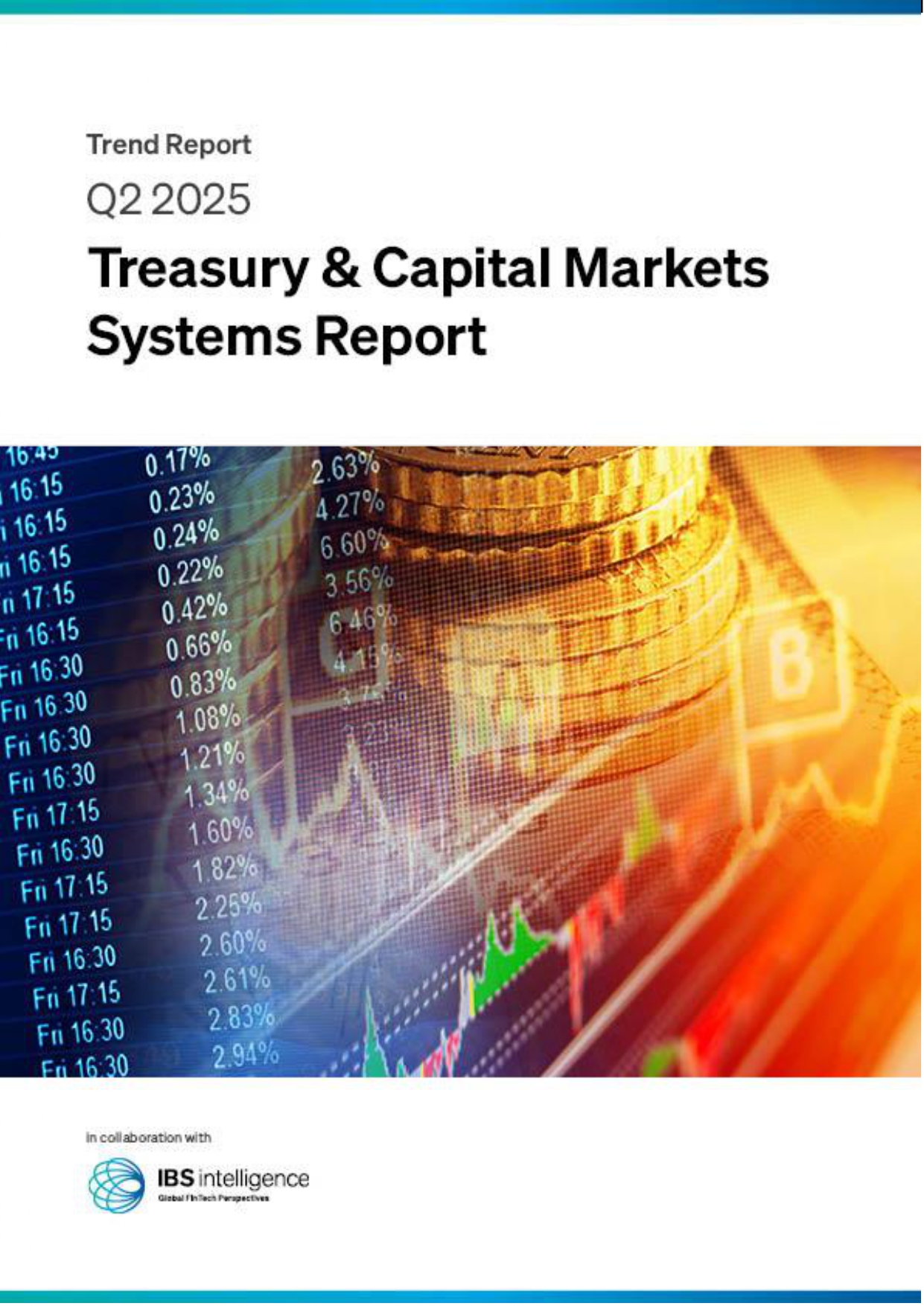 Back
Back
Shining the spotlight on behavioural biometrics
Many of us use physical biometric authentication every day when we log into our mobile devices. It relies on innate human characteristics such as fingerprints or iris patterns. But what are behavioural biometrics?
By Abdeslam Alaoui Smaili, CEO, HPS
The pandemic has accelerated the global journey towards cashlessness and digitalisation. The transition away from cash and towards digital payments has brought with it many benefits, including greater financial inclusion in developing countries, since those who were previously unbanked now have greater access to merchants and services through the use of mobile money.
With the emergence of real-time confirmation and settlement, merchants have greater visibility and view on liquidity. This greater transparency is also helping governments to develop better-regulated tax systems and to more easily identify fraud and financial crime.
In order to combat the heightened risk of fraud that comes with the increased use of digital payments, it is vital to adopt rigorous digital authentication and security measures to protect consumers – and biometric measures can help to bridge this gap.
It is estimated that nearly 90% of smartphones around the world will have a form of biometric capability by 2024, according to research by Juniper. It also forecasts that $2.5 trillion in mobile payments will be facilitated by biometric data by 2024.
But what are behavioural biometrics?
In the payments world, behavioural biometrics, also called DNA mapping, are used to prove the identity of the user, authenticate the user and prevent fraud. For instance, mobile and online experiences built with behavioural DNA mapping can ensure a seamless and secure customer experience by analysing multiple data sets including the way a user holds their phone (in their left hand or right hand), the sizing of their hand, the way they swipe, navigate, or even the way they turn on the mobile.
Today’s behavioural biometric platforms can collect more than 2,000 parameters from a mobile device by leveraging artificial intelligence (AI) and machine learning (ML) techniques. The collected data is used to create and train a customised security model for each user in order to secure his account and differentiate him from impersonators and robots. The trained models are polled to give an optimal prediction in real-time while the user is logging in, and as result the fraud detection can be accomplished without impacting the login performance.
The perfect match for payments
Since behavioural biometrics offer a frictionless authentication method, it is ideal for digital transactions. It does not exert any change into the user experience which keeps the effort required on the part of the consumer to a minimum.
Behavioural biometrics have strong fraud detection capabilities: it is possible to distinguish a real user from an impostor by recognising normal user behaviour and fraudulent behaviour in real time. For example, if you somebody was to steal your phone and try to log into your phone, your mobile wallet or your online banking applications, an efficient behavioural biometrics solution will be able to block the user, even if the password used is the correct one – simply because the way the thief used your phone would be different to the way that you use it.
It can also be used to detect fraudulent activity online and to help distinguish a robot to a human user by analysing several elements. For example, how is the text being typed? How long does it take the user to fill in each field? How does the user navigate the website? Do they usually scroll this fast? Are they taking longer than usual to answer their memorable information?
Behavioural biometrics continues to strike the right balance demanded by the payments landscape. The authentication is invisible, but mobile and online payments remain secured. As more businesses, governments and countries begin to digitalise in response to the Covid-19 crisis, the demand for behavioural biometrics technology and its ability to protect consumers looks set to grow.
IBSi News
Get the IBSi FinTech Journal India Edition
- Insightful Financial Technology News Analysis
- Leadership Interviews from the Indian FinTech Ecosystem
- Expert Perspectives from the Executive Team
- Snapshots of Industry Deals, Events & Insights
- An India FinTech Case Study
- Monthly issues of the iconic global IBSi FinTech Journal
- Attend a webinar hosted by the magazine once during your subscription period
₹200 ₹99*/month
* Discounted Offer for a Limited Period on a 12-month Subscription
IBSi FinTech Journal
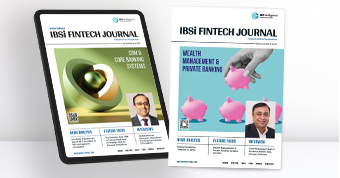
- Most trusted FinTech journal since 1991
- Digital monthly issue
- 60+ pages of research, analysis, interviews, opinions, and rankings
- Global coverage
Other Related Blogs
Related Reports
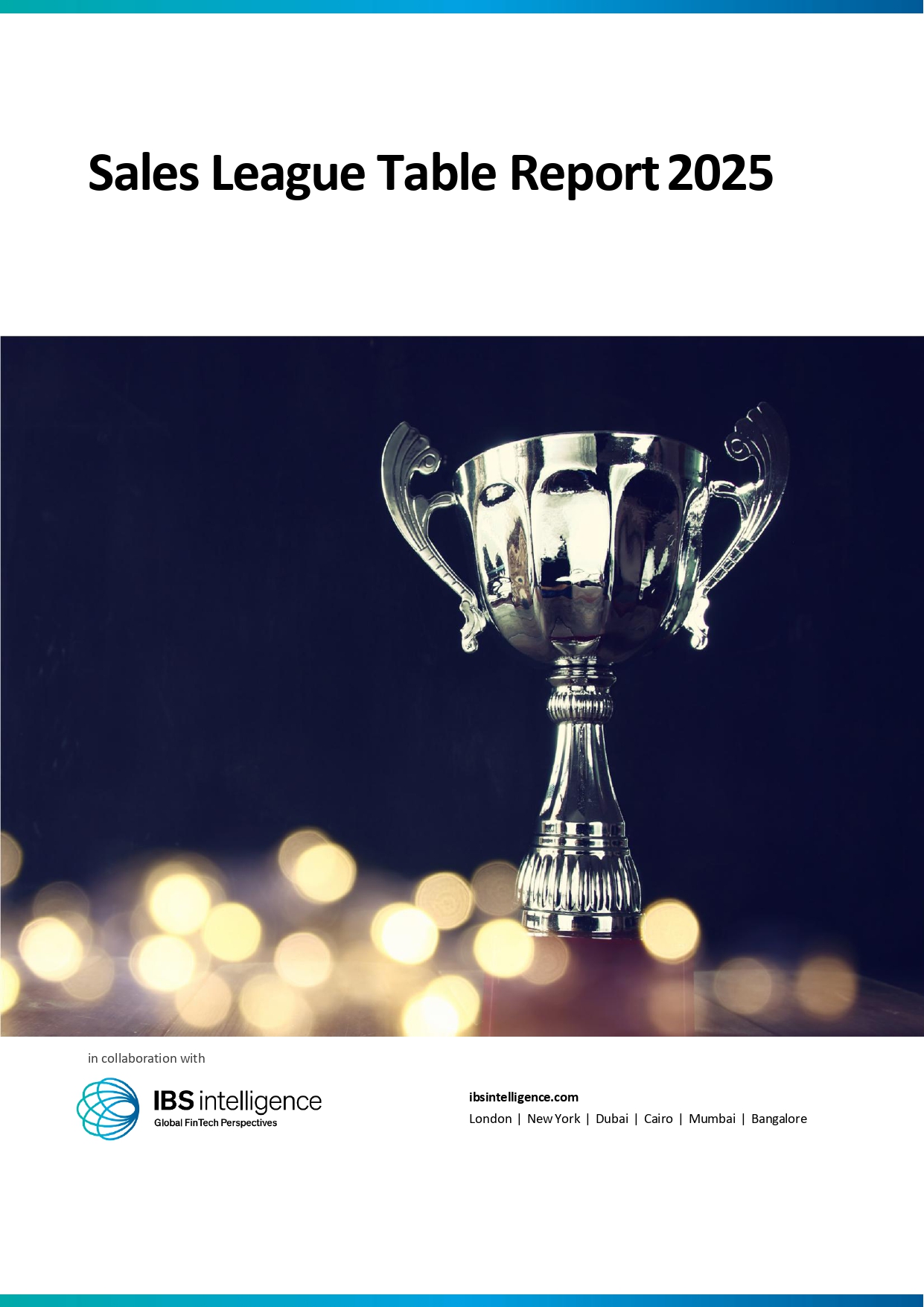
Sales League Table Report 2025
Know More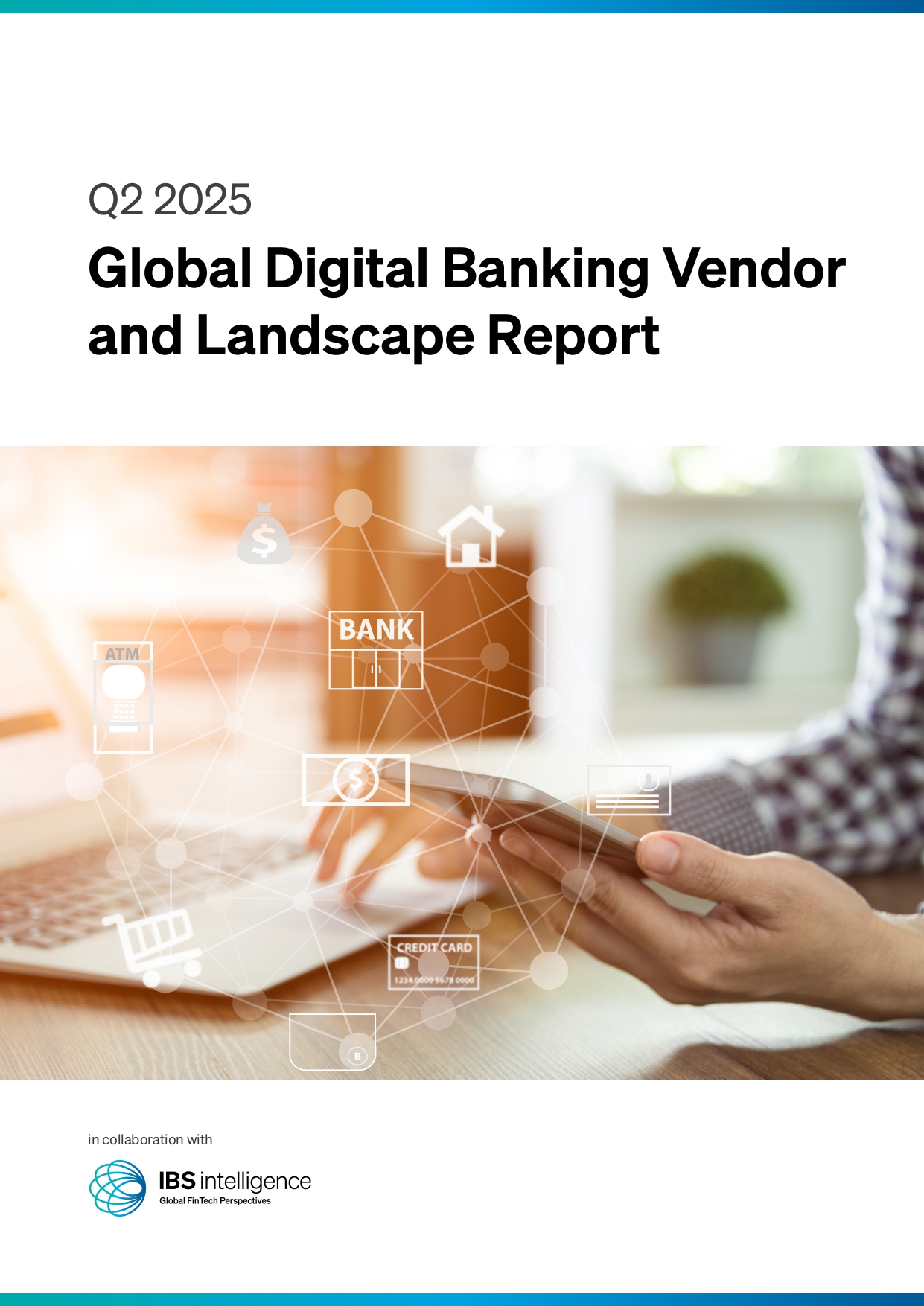
Global Digital Banking Vendor & Landscape Report Q2 2025
Know More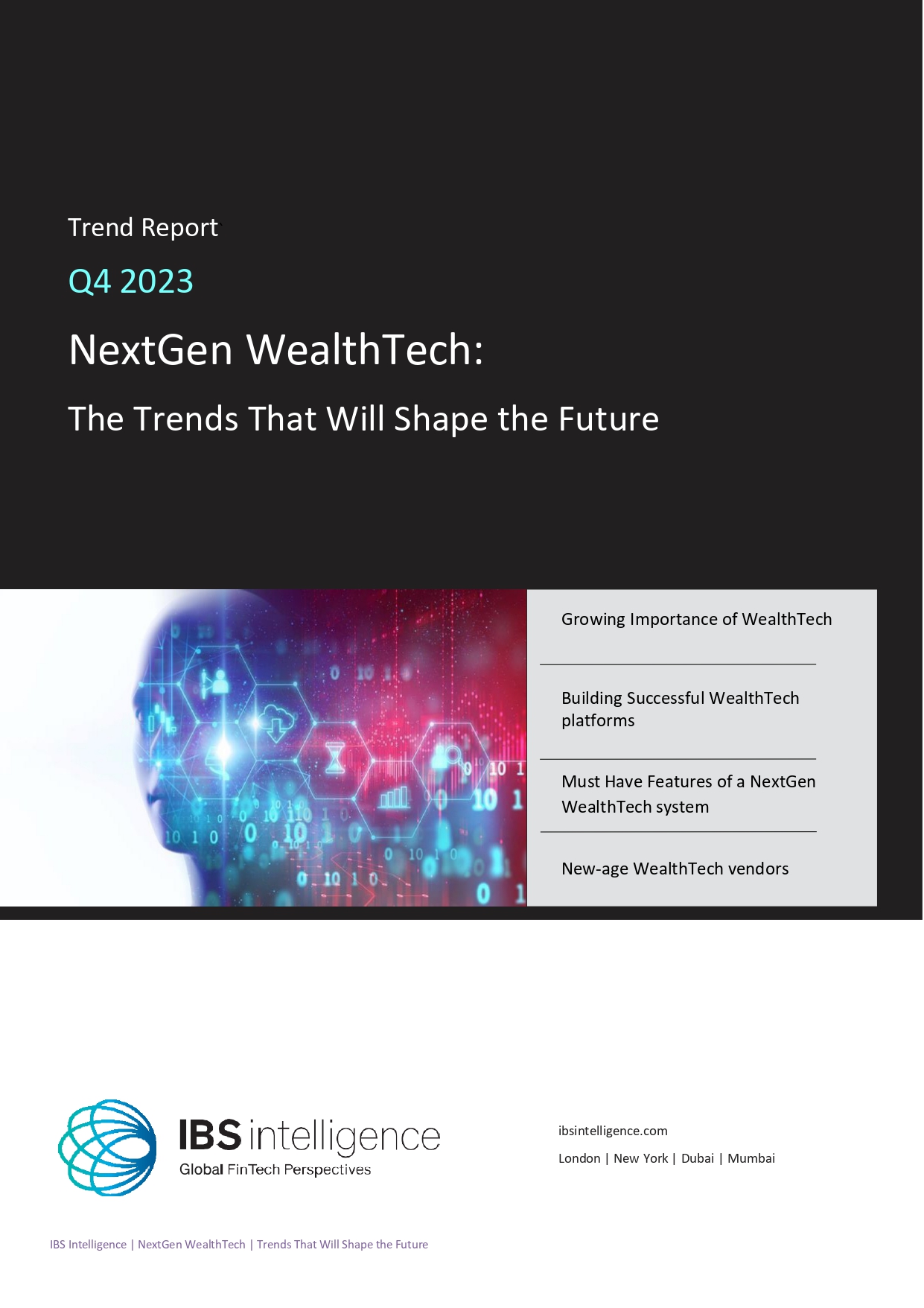
NextGen WealthTech: The Trends To Shape The Future Q4 2023
Know More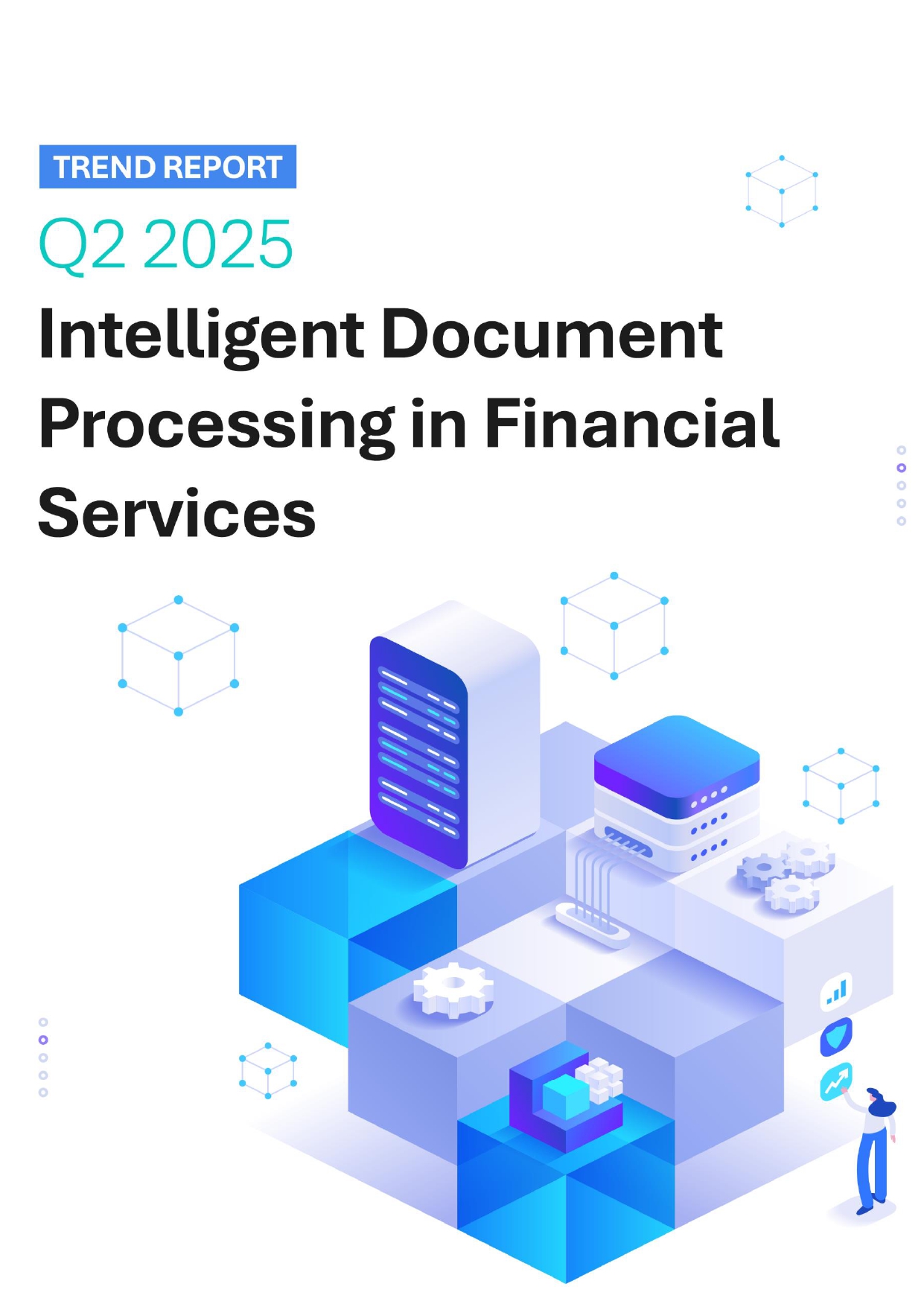
Intelligent Document Processing in Financial Services Q2 2025
Know More